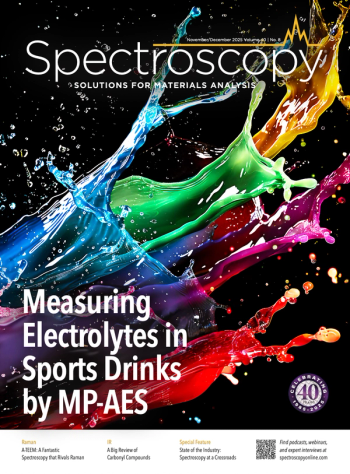
New UK research and manufacturing facility
Thermo Fisher Scientific has opened a new cutting-edge facility in Runcorn, Cheshire.
Thermo Fisher Scientific has opened a new cutting-edge facility in Runcorn, Cheshire. The new facility represents a significant investment for the company and is a new designated Centre of Excellence for its Anatomical Pathology business.
The new facility is the company’s largest in the North of England and one of its biggest in the UK, with products and services to improve the detection and diagnosis of cancer and advance research for drug development. It is also a manufacturing centre for the company’s Chromatography Consumables business. These products are used in laboratories specializing in chromatography and mass spectrometry analysis. They enable detection, quantification and isolation of complex sample mixtures that are commonly encountered in pharmaceutical, environmental, biomedical, chemical, toxicology, forensics and food safety industries. The technology developed in Runcorn enables the company to meet demands for more specific and sensitive yet robust testing to support its customers.
In a statement, Giulio Cerroni, the company’s vice president of Anatomical Pathology commercial operations in Europe, the Middle East and Asia Pacific, said of the new facility: “We are delighted to announce the opening of the new facility in Runcorn, Cheshire. This is an important investment for the company, and we are already considering the next phase of development for the site. The new facility in Runcorn demonstrates the company’s commitment to better serving our customers by investing in the future of the business.”
The new facility was officially opened by Dr Yuh-geng Tsay, president, Specialty Diagnostics and Dr Roger Platt, chairman, Northwest Science Council.
For more information about the new Runcorn facility visit
Newsletter
Get essential updates on the latest spectroscopy technologies, regulatory standards, and best practices—subscribe today to Spectroscopy.


